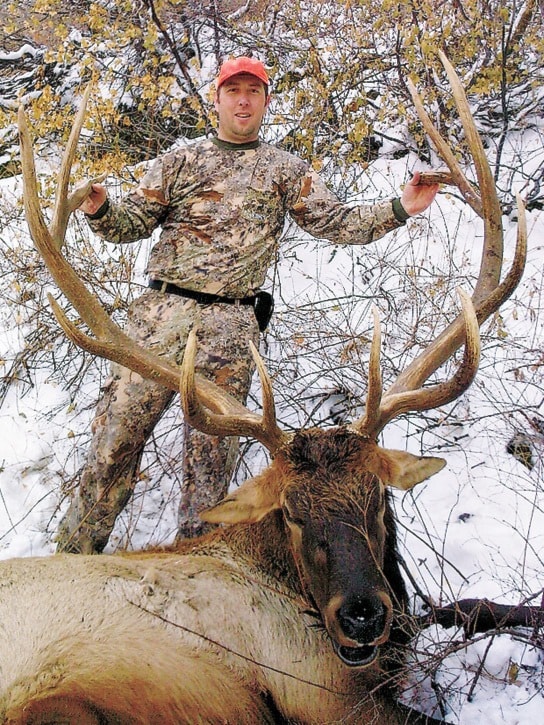B.C.'s natural resources ministry is changing the way it divides hunting quotas between B.C. hunters and guides who bring in hunters from out-of-province.
The revised policy follow a March 2011 review that found the ministry's original plans would take a $6-million bite out of B.C.'s guide-outfitting industry—a more than 10 per cent revenue drop that would have wiped out several small-time hunting guides in the local Skeena region.
Hon. Minister Steve Thomson said in a Dec. 5 release that the revised policy "creates greater consistency and transparency for B.C.'s guide outfitters and resident hunters."
Al Martin, a director with the BC Wildlife Federation, said resident hunters are feeling cautiously optimistic about the change.
"It's not a permissive quota principle. It's quite restrictive," said Martin.
But Martin said that B.C. hunters will have to wait and see how regional mangers apply the new policy.
"You can put as 'undecided' on that one until we see how it's used," he said.
Until 2003, wildlife managers in B.C.'s eight hunting regions had some leeway to raise or lower hunting quotas for their particular area.
But that system led to some "special deals" and sparked conflicts between guides and residents, said a March policy review by retired Deputy Minister of Environment Chris Trumpy.
A new policy aimed to fix that by setting quotas provincially, rather than region to region.
But the Trumpy review found that new policy swung too far the other way—it was so inflexible, he found, that it would have unfairly erased millions of dollars in business for guide-outfitters.
Now, under a revised policy, regional wildlife managers will regain some of their ability to raise or lower quotas, but only under certain conditions and with a 10 per cent cap on any shifts between allocation periods. The next set of quotas run from 2012 until 2016.
Martin said that the B.C. Wildlife Federation, which includes nearly half of B.C.'s 90,000 resident hunters, will be watching closely to see how regional managers apply the new criteria.
"What we want to make sure is that they are used in exceptional circumstances," he said.
"It's been a difficult file," he added, "And it's important to move onto other issues of sustainability and growing the resource."
On that note, Martin said he was encouraged to hear that the ministry plans to spend $1.2 million on new wildlife inventories.
"It's about having an accurate estimate of what the populations are so that you can set annual allowable harvests," he said. In a July letter to the Ministry of Forests, Lands and Natural Resource Operations, Martin criticized the ministry for raising licence fees while cutting the budget for wildlife inventories.
"From 2005 to 2010, licence revenue has
increased 21.62 percent from $5.6 to $7.8 million," he wrote, adding that the ministry cut $400,000 for regular wildlife inventories in those same years.
A spokesperson for the MFLNRO said nearly half of the $1.2 million in new funding will cover moose inventories for the Omineca, Skeena, Bulkley Valley and Lakes District. Another $458,000 will go to elk and grizzly bear counts on the coast, while the remaining $230,000 will cover inventories of caribou, bighorn sheep and deer in the Cariboo.
Representatives at the Guide-Outfitters Association of B.C. were not available by press time.
